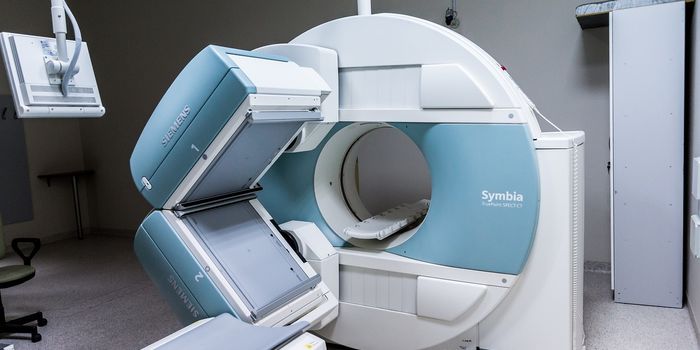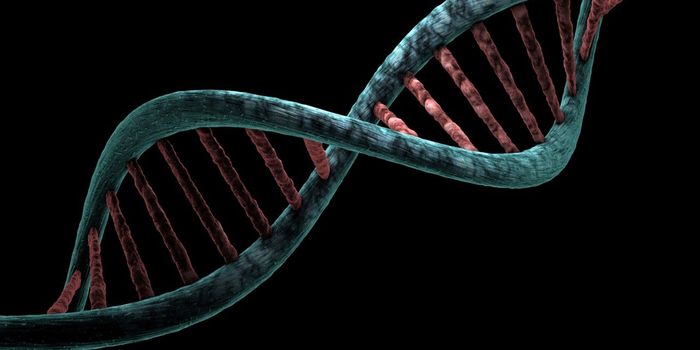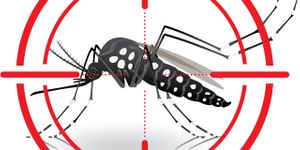Google engineered the first self-driving car, and now scientists have engineered the first self-driving surgical robot. Named STAR, the unmanned robot
mended cut bowels in a lab setting and in live pigs. Doctors on the team say the quality of the stitches is as good as those by trained human hands. And they hope this ‘milestone’ proof-of-concept study will propel medicine to the future of automated surgeries.
Automated processes are being developed for many facets of life, and robotic surgeons have already been around for a few years. The most famous of this technology is arguably the
da Vinci surgical robot, which is known for helping surgeons carry out small, minimally-invasive operations. However, the STAR robot is the first of its kind to be autonomous, albeit with close human supervision nearby.
Officially known as the Smart Tissue Autonomous Robot, STAR’s key to success is fluorescent tracking. Using fluorescent markers that are injected into the pig’s tissues, STAR can “read” where to place the stitches. The fluorescent markers are visible even through blood and fat tissues, allowing STAR to operate beyond superficial body surfaces.
In terms of stitch uniformity, STAR may even exceed those performed by trained human hands. The team compared sutures done to reconnect bowel segments in pigs, and found that the robotic stitches were more evenly spaced than stitches done by surgeons or by robot-assisted machines. "If you want to throw in 20 stitches, it is not enough that a human being does 19 out of 20 well. You have to do all 20 of them well to have a good outcome. This machine will consistently throw in 20 perfect sutures,” said Peter Kim, professor at the Children's National Medical Center, and senior study author.
But the robotic surgeon is not quite yet ready for the OR. In lab and animal trials, STAR was 60 percent autonomous. This means that scientists were still very much involved in its output for 40 percent of the time. Furthermore, with the fluorescent tracking system, STAR relies on trained human hands to place the markers in the flesh to guide its stitch position.
Still, Kim estimated that his team was being overly cautious in this first proof-of-concept study. “These are minor adjustments, very much like when you see your little baby starting to walk. We were a little nervous about it to make sure it does it the right way,” he commented. "It can be fully autonomous for the task we want to do."
The team is careful to stress that the robot will not replace the human surgeon entirely, as there are countless variables in live surgeries that can’t be systematically programmed into a robot. Instead, they aim for higher accuracy and better outcome with surgeries performed by STAR while under doctors’ supervision. Robots are ideal for lowering human error associated with repetitive tasks, and this technology just might well be better in some aspects of surgery.
It will be at least another five to ten years before STAR will debut in hospitals, but the team is excited for this possibility. In the mean time, they will have to prove STAR’s reliability in real-life surgery scenarios. They will also have to convince doctors and the public that their robot is competent enough to perform complex surgeries on its own.
Additional sources:
BBC,
The Verge









